Flash the Qash: Nissan Qashqai Tekna+
Although a Japanese brand, Nissans have been a great British success story, writes Sean O’Grady. Built in Sunderland, with a design team in London, the ubiquitous SUV has been given a definite lift

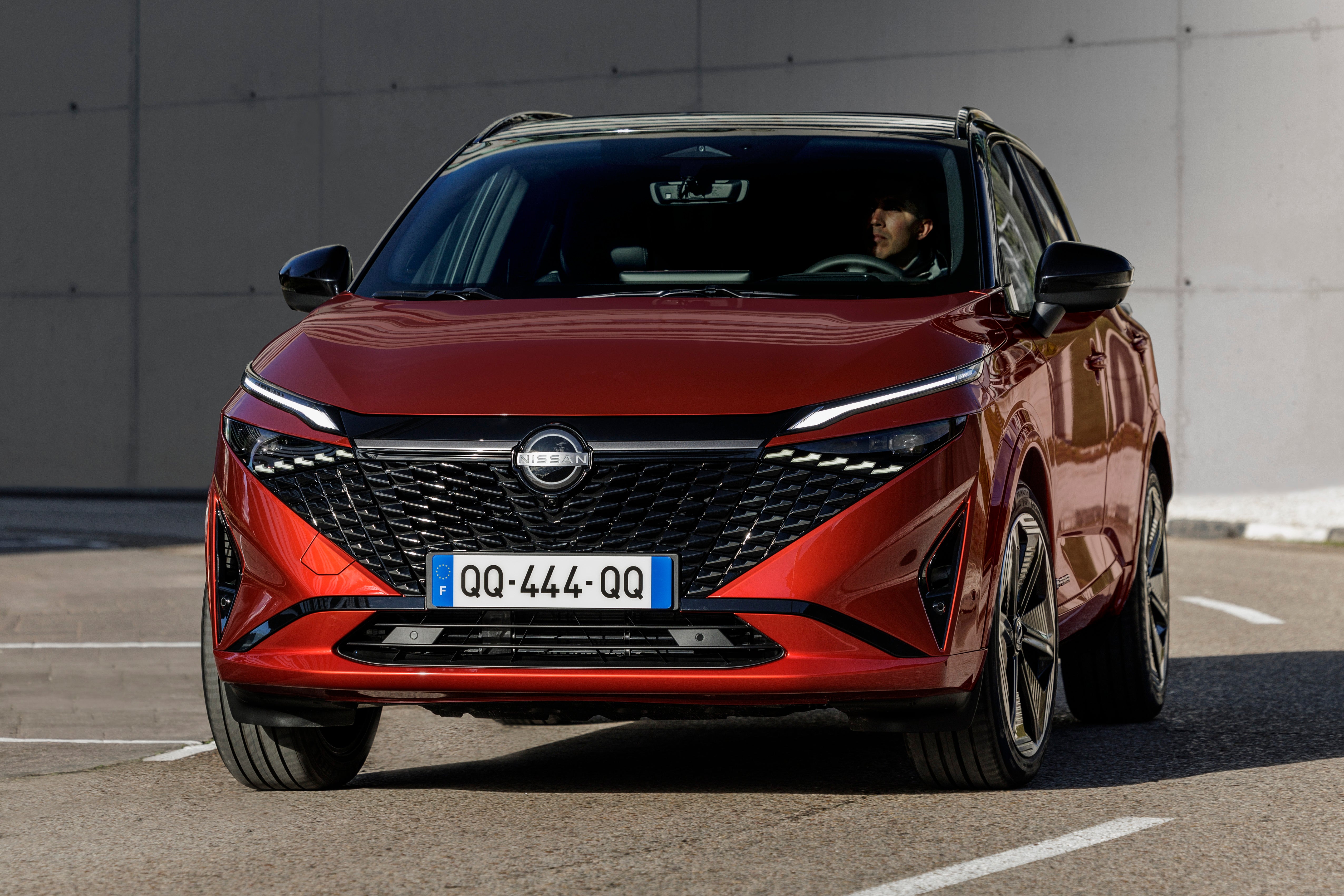
Your support helps us to tell the story
From reproductive rights to climate change to Big Tech, The Independent is on the ground when the story is developing. Whether it's investigating the financials of Elon Musk's pro-Trump PAC or producing our latest documentary, 'The A Word', which shines a light on the American women fighting for reproductive rights, we know how important it is to parse out the facts from the messaging.
At such a critical moment in US history, we need reporters on the ground. Your donation allows us to keep sending journalists to speak to both sides of the story.
The Independent is trusted by Americans across the entire political spectrum. And unlike many other quality news outlets, we choose not to lock Americans out of our reporting and analysis with paywalls. We believe quality journalism should be available to everyone, paid for by those who can afford it.
Your support makes all the difference.According to Nissan, in the UK you’re never more than 500 metres away from a Nissan Qashqai. The company kindly lent me their pristine 2008 heritage fleet model and, as you do, when you’re in a certain type of car you notice other ones on the road. Suddenly, I was hyper-aware of the Qashqai’s ubiquity, and, when I parked the very sprightly Mark 1 version in an airport car park, it was not 500 metres before I passed another, a slightly down-at-heel scuffed example but obviously still rated reliable enough for an airport run.
Indeed, Qashqai-spotting over the course of a week, I was also impressed by how many neat and tidy Qashqais were plainly giving useful service to their owners, almost two decades old.
The Qashqai was a bit of a gamble and a quiet revolution when it was launched in 2006. A gamble because Nissan were ditching their traditional saloon and hatchback staples such as the Primera and moving to this (then) novel concept of a more SUV style of design – a “crossover”.
That was the family car revolution. It’s sold more than 750,000 since, and somehow Nissan have managed to retain the Qashqai’s place in the bestsellers’ lists, despite a vast range of would-be rivals from everyone from Dacia to Mercedes Benz. It’s also a great British success story, and the staff at Sunderland are rightly proud of their creation.
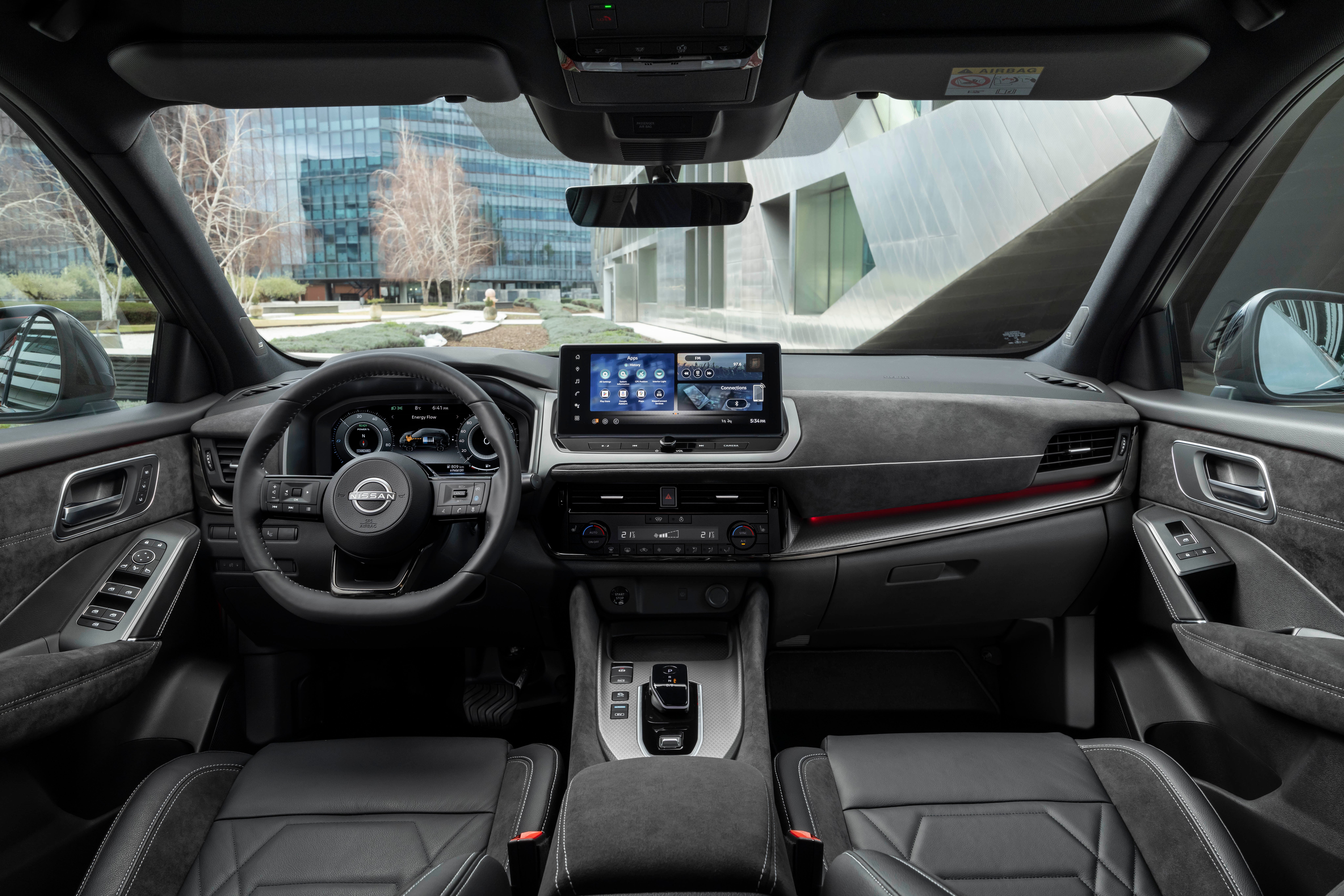
But that is no reason to rest on your Nissan Laurels (and if you get that joke you need to get out more), so the time has come for another new, or newish, Qashqai – a substantial package of improvements on the current model that freshen up its familiar looks, interior appeal and tech.
The unabashed aim is to meet the challenge of mainstream (relative) newcomers such as the Kia Sportage and the new Peugeot 3008/5008 pair, but also the latest from Audi, BMW and Mercedes. The watchword is “premium”, and, at least in the top trim Tekna+ versions, it’s pretty much been achieved.
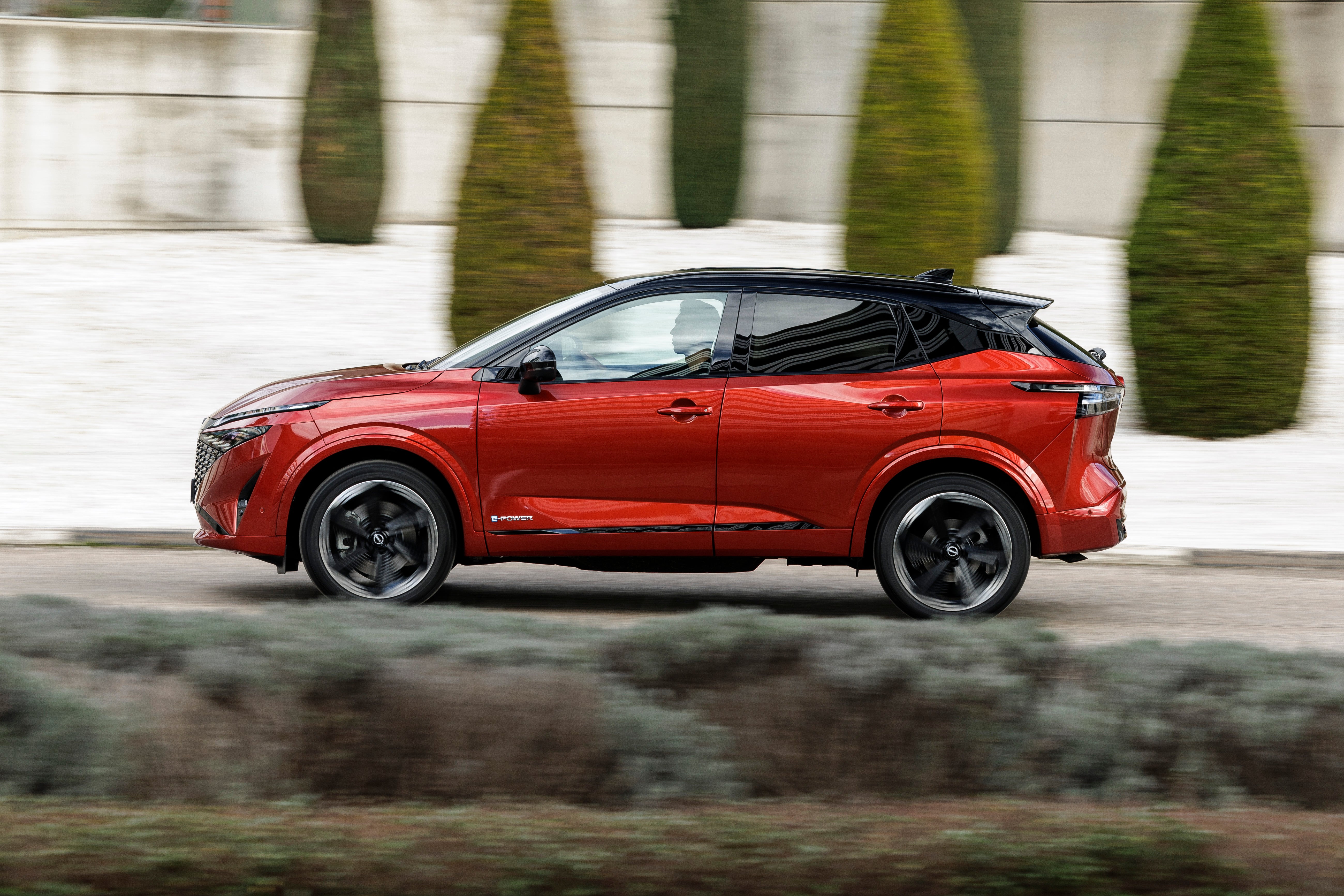
The Nissan stylists (based at Paddington Basin in London) have been responsible for some of the most striking of Nissan’s designs (notably the handsome Ariya), and they’ve given it a definite lift.
The front end is all new, all piano black, clever LEDs and a wider grille quite reminiscent of a contemporary Benz; swap badges and it could pass for German. Other, more subtle touches include rendering the wheel arch trim in body colour rather than black, and a slightly sportier look at the back.
Indoors they’ve adopted Google technology and there’s new touchscreens and highly comfortable seats.
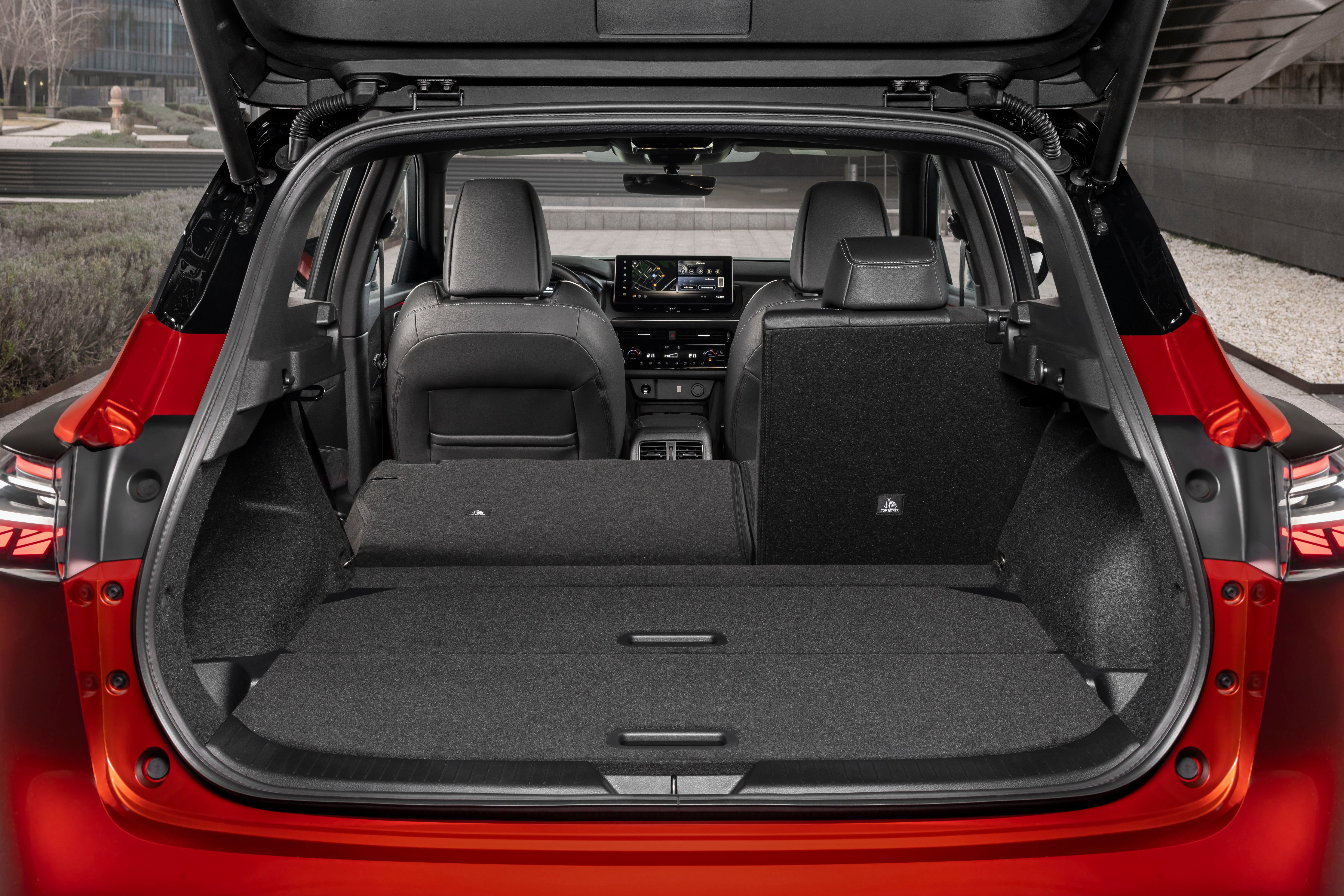
The Qashqai naturally complies with the latest safety regulations (they’re EU but they’re here anyway), and that means, like all other new models, your car will beep and bleep at you like a robot nanny, which is basically what all the kit amounts to.
Nissan make it as easy as they legally can to turn the warnings off, but I’d rather be saved from a speeding ticket, and so ought you, so I recommend leaving them on. The penalty, aside from the noises, is that the cameras sometimes pick up the wrong speed limit, and, if you’ve got the adaptive virtual self-driving cruise control set to the speed limit then it will brake on you rather alarmingly.
I ought to add, immediately, that most of the new cars I’ve driven with this safety stuff on board behave in a similar fashion. It’s the brave new world I’m afraid.
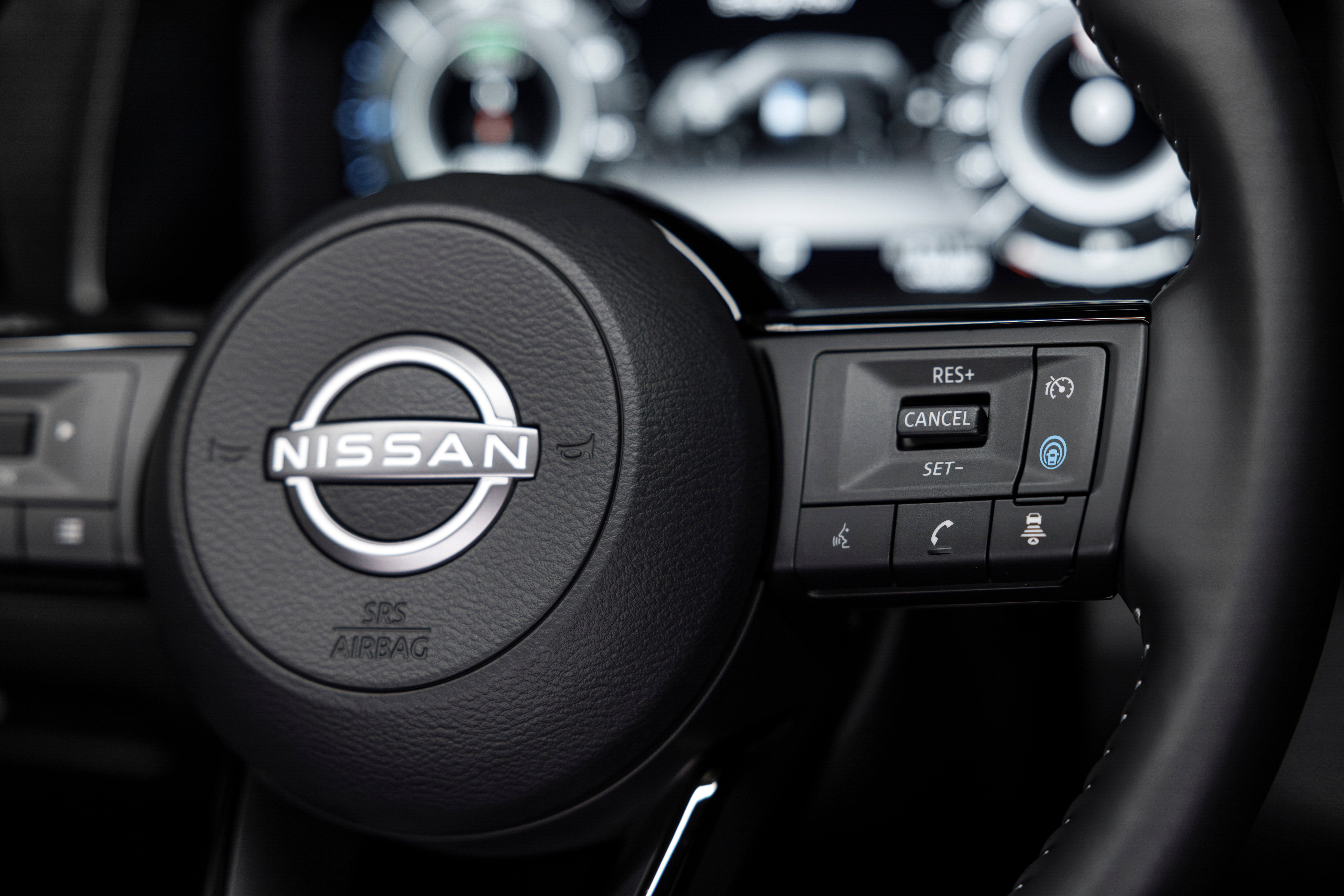
At least you’re still allowed to steer it (albeit the car will tug the wheel back if you stray out of your lane). The simple “ProPILOT” controls for semi-autonomous driving are still on the steering wheel, I’m pleased to report. As with previous models, the emphasis in the Qashqai is ease of use and practicality, and it’s as true to these as ever.
The party trick on the Qashqai is its sophisticated multidimensional and bird’s eye camera system that features a “transparent bonnet” feature. This means that, via the screen on the dash, you can “see through” the front of the vehicle to those big expansive alloy wheels (18- to 20-inch options) and place them precisely – handy in cramped car parks, for example.
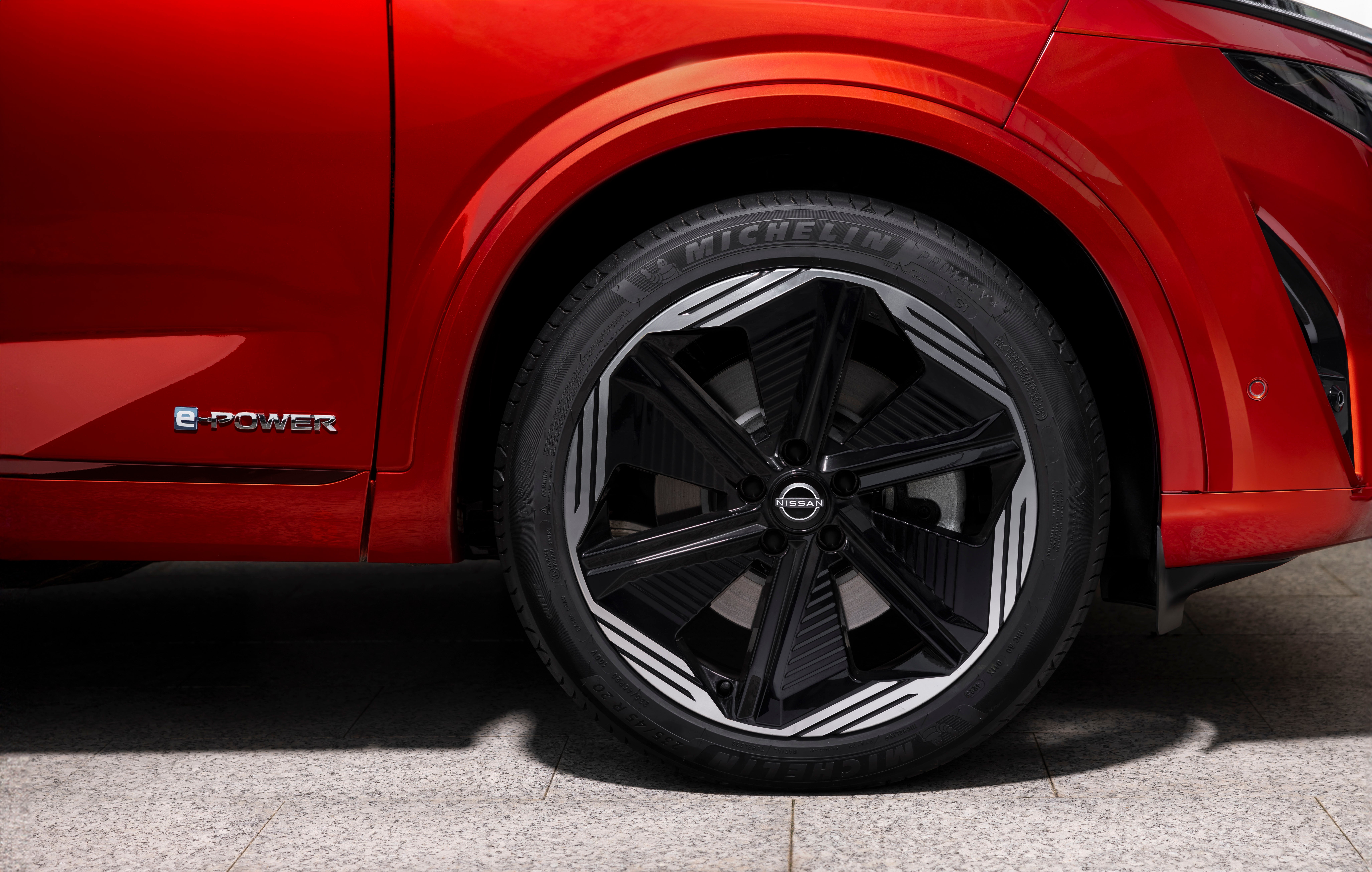
Underneath, there’s no change in this model, so you get a choice of fairly conventional and reasonably economical mild hybrid petrol (manual or automatic) or the much less conventional e-Power system. The idea of this is to give the driver the feel of a battery electric car – quiet running and good acceleration – but with none of the range anxiety because you fill it up with petrol – no plugging in.
THE SPEC
Nissan Qashqai Tekna+ Auto
Price: £39,620 (range starts at £30,150)
Engine capacity: 1.5litre petrol 4-cyl + electric motor, auto
Power output (PS): 190
Top speed (mph): 105
0 to 60 (seconds): 7.9
Fuel economy (mpg): 53.3
CO2 emissions (g/km): 117
The fossil fuel is used in a small petrol engine which, via an inverter, then powers the electric motors that turn the wheels, and/or powers a battery that can also supply electric power to the electric motor and thence the wheels. So, you have the best of both worlds, albeit that when you’re pressing on at higher speed you can hear the engine working hard.
The downside is that you’re necessarily wasting some energy (and money) by introducing a “middleman” into the process of propulsion – converting one type of energy (mechanical via the petrol engine) into electrical energy. You also pay extra for the privilege.
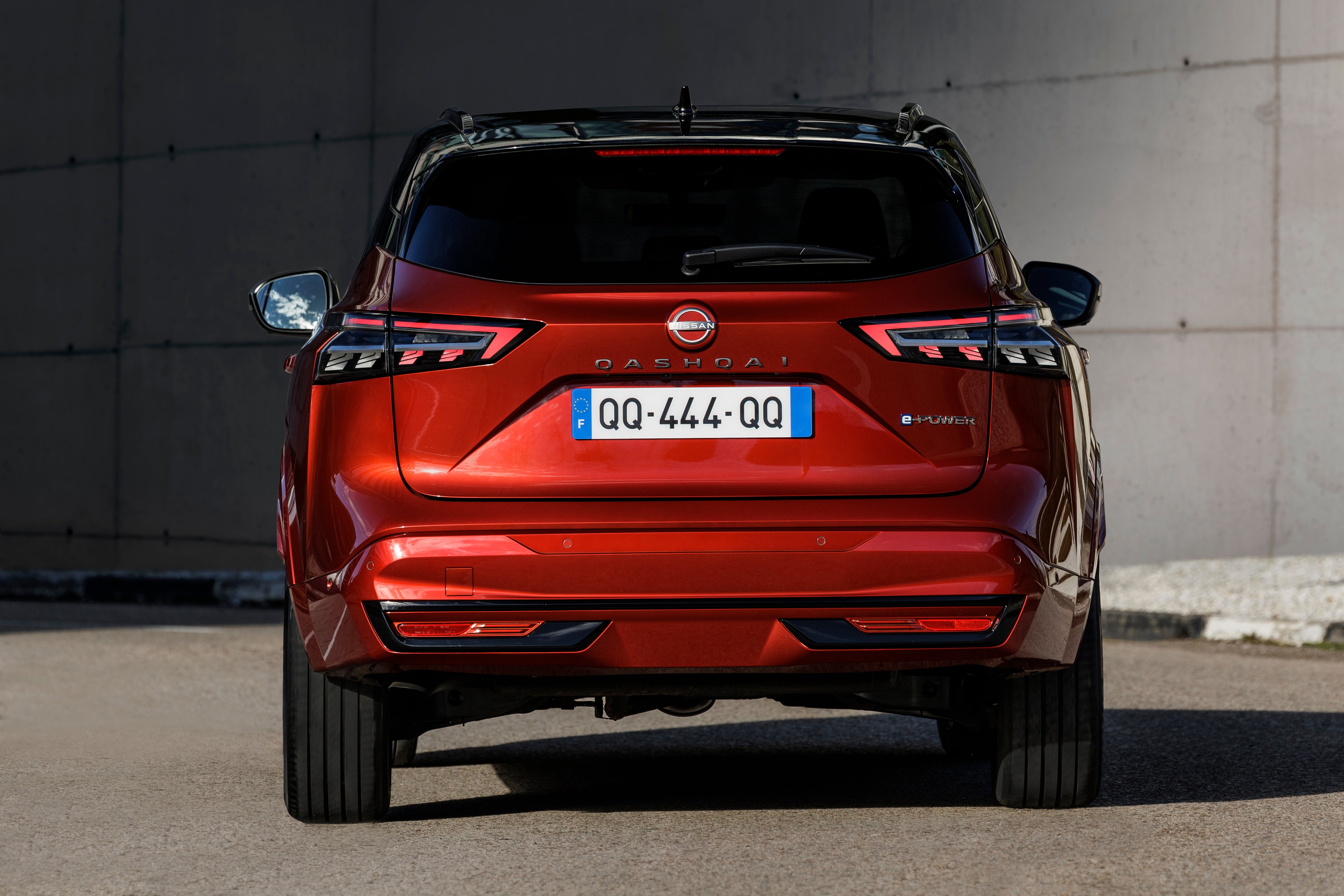
The Qashqai is a commonplace car in the way the Ford Cortina used to be, which is a good thing. It’s popular for all the right reasons, not least ease of access and lofty driving position, but the secret is that the car is also well-built and finished, has more of that premium feel to it these days (something Peugeot have also been working hard on, by the way), and, especially in the e-Power versions, is also pretty advanced.
I liked the Mark 1’s simplicity and sense of eagerness but the newest Qashqai will make your journey just that bit more restful. I expect we’ll see plenty of them around too.
Join our commenting forum
Join thought-provoking conversations, follow other Independent readers and see their replies
Comments